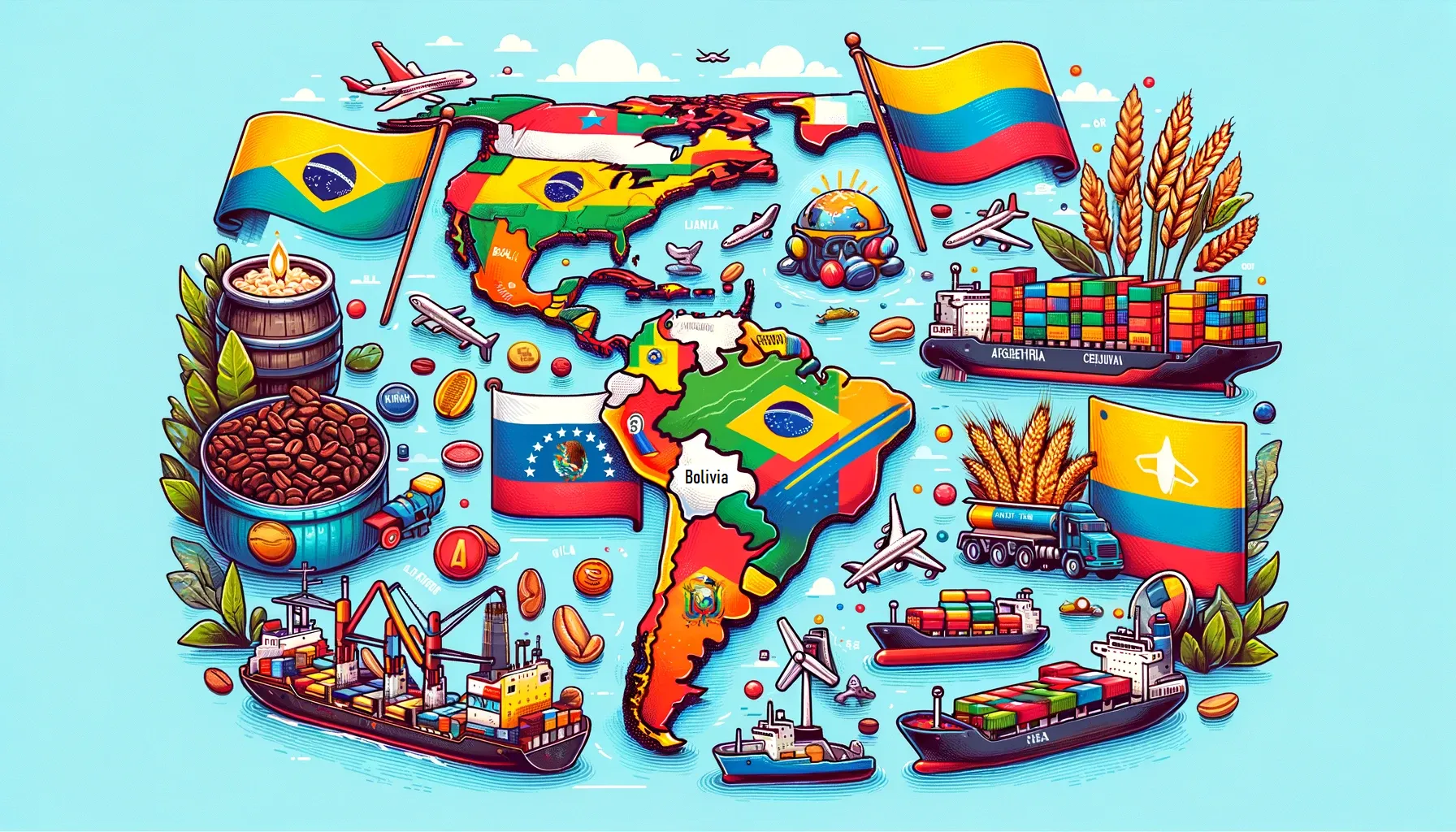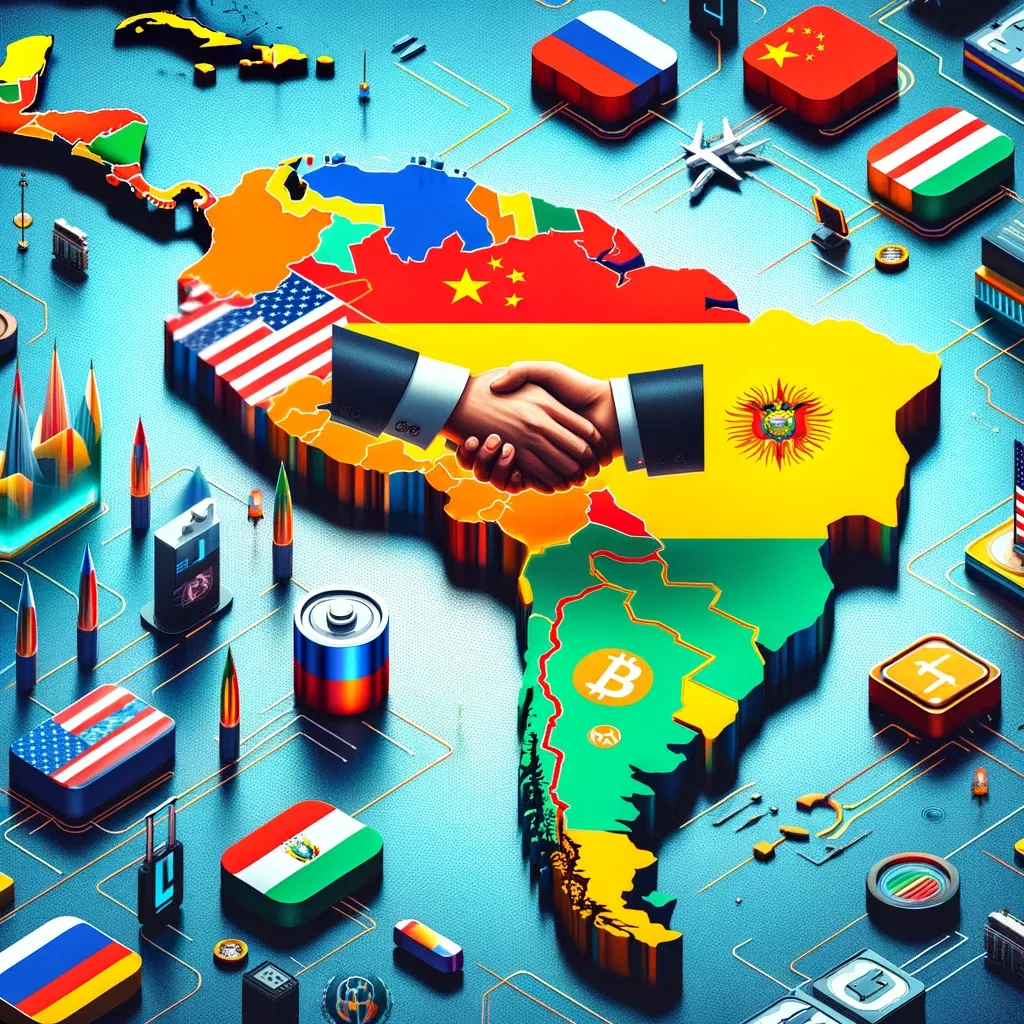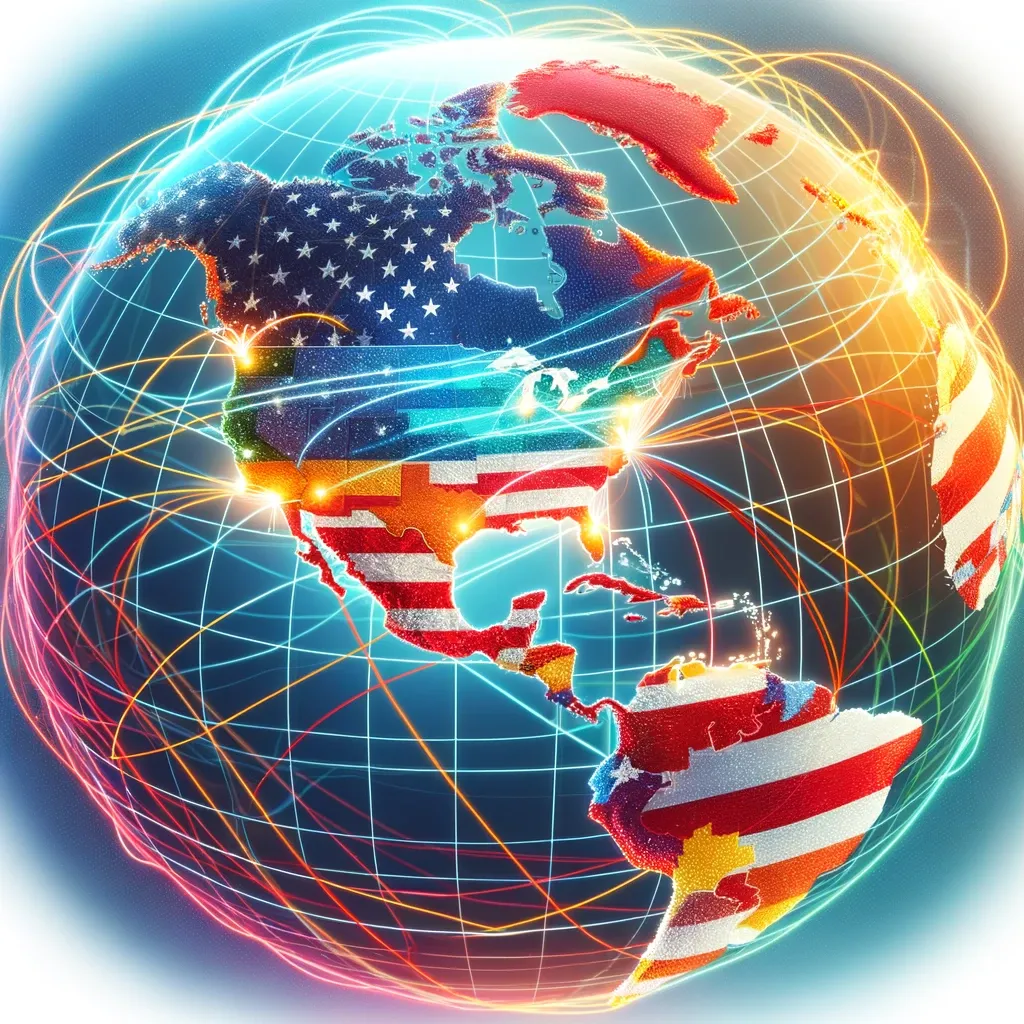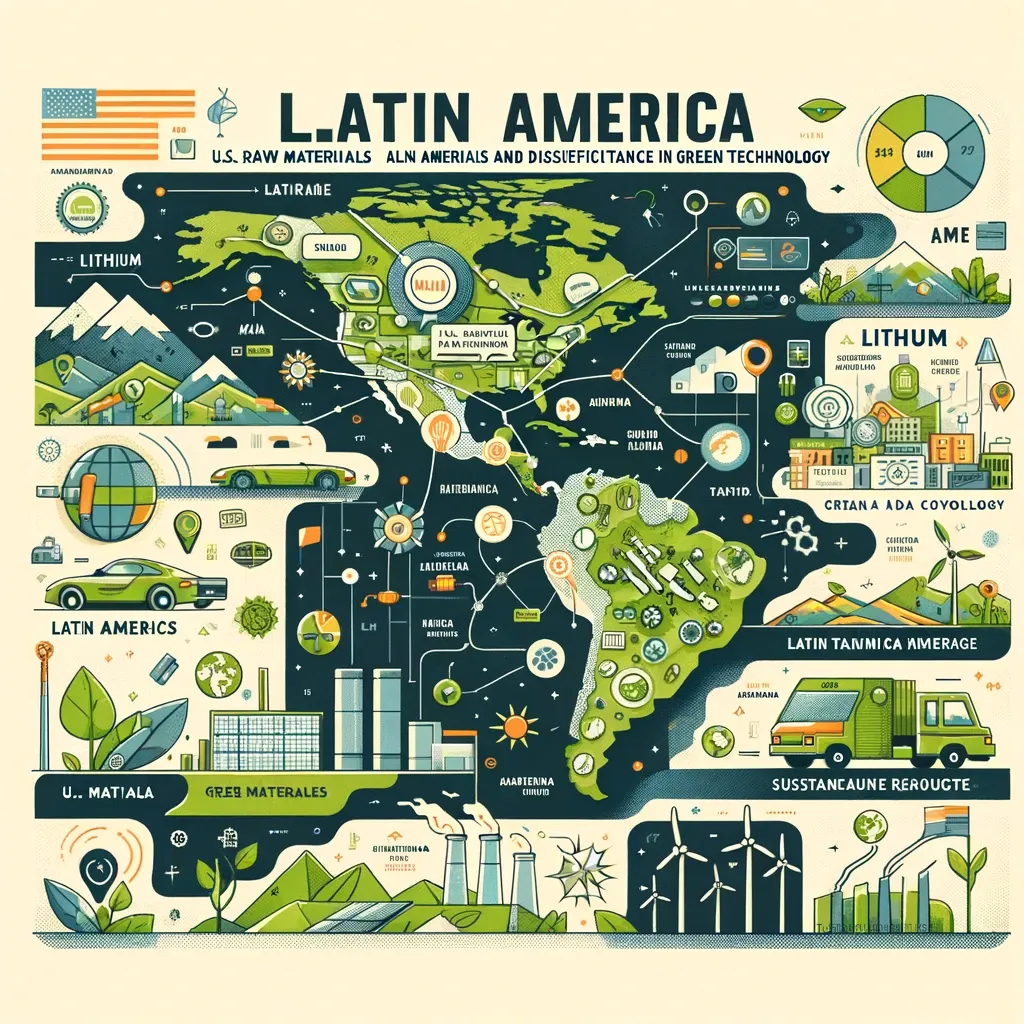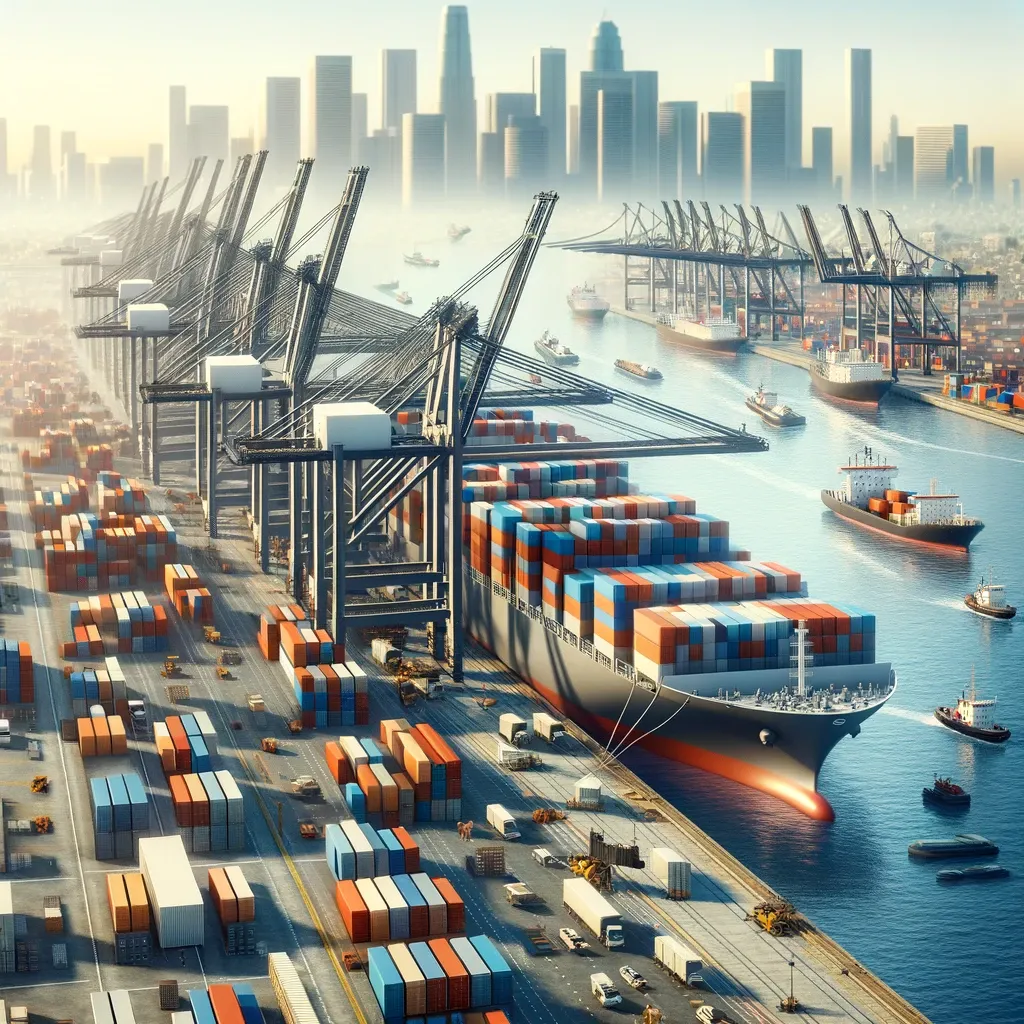Leveraging Trade for Growth in Latin America: A Path Forward
Latin America, a region teeming with potential, is poised for a significant economic transformation. The key to unlocking this potential is international trade. As we delve deeper into the intricacies of trade dynamics within Latin America, we uncover the hurdles and opportunities that lie ahead in harnessing trade as a driver of economic growth.

Latin America's journey towards economic prosperity through enhanced trade is a complex but achievable goal. Here's a glimpse into what this transformative path involves:
- Untapped Potential: Latin America has not fully realized the benefits of international trade, essential for the growth of emerging markets.
- Infrastructure and Logistics: Key to unlocking economic gains, improving these areas can significantly boost trade and GDP.
- Energy Transition and Nearshoring: These global trends present unique opportunities for Latin America to capitalize on its rich mineral resources and geographical advantages.
- Strategic Priorities: Closing infrastructure gaps, reducing trade barriers, and creating an attractive investment climate are crucial steps for the future.
The Current Trade Landscape
Most countries in Latin America and the Caribbean have yet to fully exploit the benefits of international trade, an essential catalyst for the growth of emerging market economies. Despite progress in trade openness, the region faces setbacks, primarily due to inadequate infrastructure, complex customs procedures, and relatively high tariff and non-tariff barriers. The region's exports and imports of goods and services total merely 47% of its GDP, lagging about 20 percentage points behind other emerging markets globally.
Intra-regional trade needs to be more developed. It accounts for less than 20% of Latin America's total trade, a stark contrast to the levels of intra-regional trade in Eastern Europe, Central Asia, and East Asia. This limited participation in global value chains highlights a trend where many Latin American countries prioritize exporting raw commodities over intermediate or final goods. Mexico is a significant exception due to its deep economic integration with the United States.
Unlocking Economic Gains through Infrastructure and Logistics Improvement
The path to economic upliftment in Latin America involves enhancing key commercial infrastructure elements, such as transportation and customs procedures. Streamlining customs operations, fostering public-private partnerships in logistics, and mitigating bureaucratic hurdles are crucial steps toward this goal. For instance, halving the infrastructure gap with advanced economies could significantly reduce trade costs, potentially boosting exports by 30% and increasing GDP by as much as 7%.
The Role of the Energy Transition and Nearshoring
The global shift towards green technologies and decarbonization presents a unique opportunity for Latin America, rich in critical minerals like copper, lithium, and magnesium. Countries such as Bolivia, Chile, Peru, Brazil, Mexico, and Argentina could reap substantial benefits from the growing demand for these essential inputs. Implementing appropriate policy frameworks to attract investments could unlock new avenues for the region to strengthen its position in global value chains.
Moreover, the trend of nearshoring, where companies relocate parts of their supply chains to geographically closer countries for resilience, offers another avenue for growth. Mexico, for example, has already benefited from increased manufacturing investments, underscoring the potential for other countries in the region to enhance their trade by capitalizing on this trend.
Strategic Directions for the Future
To effectively leverage trade for growth, Latin America must prioritize closing infrastructure gaps, further reducing trade barriers, and establishing policies that make the region a more attractive investment destination. This multifaceted strategy should encompass physical and regulatory improvements to foster a conducive environment for international trade.
Engaging with the global economy through improved infrastructure and logistics, embracing the energy transition, and capitalizing on nearshoring opportunities could position Latin America for substantial economic gains. By focusing on these critical areas, policymakers can ensure that trade becomes a central pillar of economic development in the region.

Conclusion
The potential for economic growth in Latin America through enhanced trade is immense. The region can overcome existing challenges by addressing infrastructure deficiencies, lowering trade barriers, adapting to global economic trends, and seizing opportunities. As Latin America looks to the future, the strategic use of trade as an engine for growth will be crucial in realizing its full economic potential and fostering prosperity for its nations and people.
Embracing the opportunities presented by international trade, the energy transition, and nearshoring can not only propel Latin America's economies to new heights but also integrate them more deeply into the global economic fabric. The journey ahead is fraught with challenges, but with a clear vision and concerted efforts, Latin America can transform these challenges into stepping stones toward a prosperous future.














